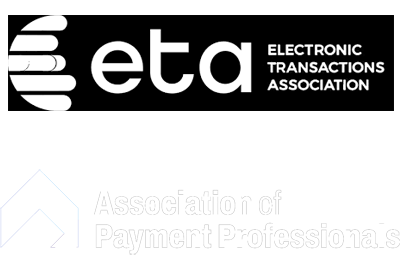25 Oct

Introduction
Credit card processing fees are an unavoidable aspect of accepting card payments for businesses. While these fees are necessary for the convenience and security provided, they can impact a business’s bottom line. However, there are strategies and tactics you can employ to offset credit card processing fees and minimize their impact on your business’s profitability. In this comprehensive guide, we will explore various approaches that can help you manage and reduce credit card processing fees. By implementing these strategies, you can optimize your payment processing costs while continuing to provide a seamless payment experience to your customers.
Understanding Credit Card Processing Fees
To effectively offset credit card processing fees, it’s essential to have a clear understanding of the different types of fees involved, such as interchange fees, assessment fees, and payment processor fees. Familiarize yourself with these fees to identify potential areas for cost optimization.
Negotiating with Payment Processors
Negotiating with payment processors can help reduce your credit card processing fees. Consider the following strategies:
2.1. Research and Compare Providers
Thoroughly research and compare payment processors to find one that offers competitive rates and favorable terms. Leverage the competition to negotiate better pricing and fee structures. PayBlox is a perfect tool for businesses to get a variety of offers from multiple processors. Bes ure to vivisitsis www.PayBlox.com.
2.2. Leverage Your Business’s Value
Demonstrate the value your business brings to the payment processor. Highlight factors such as transaction volume, stability, and the potential for future growth. Negotiating from a position of strength can lead to better fee arrangements.
Passing on Fees to Customers
While passing on fees to customers should be done with caution, it can help offset credit card processing costs. Consider the following methods:
3.1. Cash Discounts
Offer customers a discount when paying with cash or alternative payment methods. By incentivizing non-card payments, you can encourage customers to choose lower-cost options.
3.2. Minimum Purchase Requirements
Set a minimum purchase amount for credit card transactions. This allows you to cover the processing fees for smaller transactions while encouraging customers to spend more to reach the threshold.
3.3. Surcharging
In jurisdictions where it is legally permissible, you can consider surcharging customers who choose to pay with credit cards. However, be aware of legal restrictions and consumer perception when implementing this strategy.
Exploring Flat-Rate Processing
Consider using a flat-rate processing model offered by some payment processors. With this model, you pay a fixed percentage or fee for each transaction, which simplifies cost management and can be advantageous for businesses with lower transaction volumes.
Utilizing Cost-Saving Tools and Technologies (Word Count: 400)
Implementing the right tools and technologies can help reduce credit card processing fees. Consider the following:
5.1. Payment Gateways and POS Systems
Choose payment gateways and point-of-sale (POS) systems that offer competitive rates and efficient transaction processing. Look for features like optimized interchange rates, quick settlement times, and seamless integration with your existing systems.
5.2. Fraud Prevention Measures
Invest in robust fraud prevention tools to mitigate the risk of chargebacks and fraudulent transactions. By reducing chargeback instances, you can avoid associated fees and preserve your revenue.
5.3. Analyzing Processing Statements
Regularly review your processing statements to identify any hidden or unnecessary fees. Understanding the breakdown of fees can help you negotiate better terms with your payment processor or identify potential cost-saving opportunities.
5.4. Virtual Terminals and Mobile Apps
Utilize virtual terminals and mobile payment apps to accept card-not-present transactions. These solutions often offer lower processing fees for online and mobile payments, reducing your overall costs.
Managing Interchange Fees
Interchange fees are set by payment card networks and impact the cost of credit card processing. Employ the following strategies to manage interchange fees:
6.1. Proper Card Acceptance
Adopt best practices for card acceptance, such as ensuring accurate transaction data, verifying customer information, and settling transactions promptly. These practices can help minimize downgrades and associated fees.
6.2. Avoiding Downgrades
Downgrades occur when a transaction fails to meet specific criteria set by the payment card networks. Familiarize yourself with the requirements to avoid downgrades and associated fees by properly processing transactions.
Educating Employees and Customers
Educate your employees about cost-saving measures and fee management strategies. Ensure they understand the importance of proper card acceptance, fraud prevention, and customer payment options. Educate your customers about your payment policies and the value of non-card payment methods to encourage cost-effective payment choices.
Conclusion
Managing and offsetting credit card processing fees requires a proactive approach. By negotiating with payment processors, passing on fees to customers strategically, leveraging cost-saving tools, managing interchange fees, and educating employees and customers, you can minimize the impact of credit card processing fees on your business’s profitability. Implementing these strategies allows you to strike a balance between offering convenient payment options to your customers and optimizing your costs. Stay vigilant, regularly review your processing statements, and adapt your approach as needed to ensure that your business thrives while managing credit card processing fees effectively.






